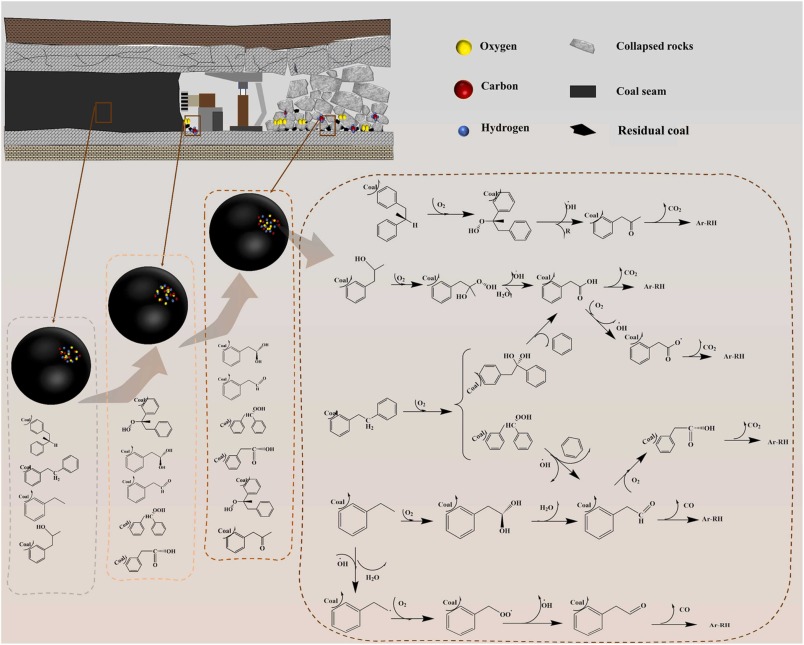
# Utilizing Atomic Chlorine for Atmospheric Methane Reduction: An Innovative Strategy
Methane is a highly effective greenhouse gas, accounting for roughly 0.5°C of global warming. Its current atmospheric levels surpass those mandated by the 2015 Paris Agreement, positioning it as a key focus for climate change mitigation initiatives. Researchers around the globe are investigating both strategies for reducing emissions and methods to enhance methane degradation in the atmosphere.
An international consortium of scientists, headed by Qingchun Yuan from Aston University in the UK, has introduced two pioneering techniques that employ atomic chlorine to decompose methane. Both methods concentrate on establishing local “chlorine sinks” to trigger chemical reactions that transform methane into carbon dioxide, which, although still a greenhouse gas, has a considerably diminished warming potential.
## The Function of Chlorine in Methane Oxidation
In the troposphere, roughly 90% of methane is inherently oxidized into carbon dioxide through chemical reactions initiated by hydroxyl radicals. Nonetheless, chlorine radicals, although less prevalent, are 16 times more efficient at catalyzing methane degradation, thereby presenting a promising alternative.
## Two Suggested Chlorine-Driven Methane Reduction Techniques
### 1. **Electrolysis-Photolysis Reactor for Precise Methane Extraction**
Yuan and his team have proposed a reactor system that integrates electrolysis and photolysis to generate chlorine radicals. This setup could be strategically implemented in regions with elevated methane levels, such as landfills or ventilation shafts in underground coal mines.
The methodology includes:
– Capturing surrounding methane and infusing it through chlorine-saturated brine sourced from seawater.
– Allowing chlorine radicals within the brine to oxidize methane into carbon dioxide.
– Collecting and reusing byproducts like chlorine gas, hydrogen gas, and sodium hydroxide (NaOH).
This reactor could also be merged with existing industrial chemical operations, such as the **chlor-alkali process**, which already generates substantial quantities of chlorine. Feeding these reactors with stored methane from gas tanks could significantly boost their efficiency.
An additional benefit is that the NaOH byproduct from this reactor could be utilized for **direct air capture systems**, supporting the removal of carbon dioxide as well.
### 2. **Release of Atmospheric Chlorine for Wide-Scale Methane Reduction**
The second method involves the direct release of chlorine radicals into the atmosphere to improve methane oxidation. Simulations indicate that seizing all chlorine radicals from the chlor-alkali process and dispersing them into the troposphere could eradicate atmospheric methane within five years.
However, this approach raises concerns about unintended ecological repercussions, including:
– Heightened **acid rain** production.
– **Particulate matter (PM 2.5) pollution**, leading to deteriorated air quality.
– Potential **disruptions to marine ecosystems**, such as encouraging harmful algal blooms by altering the nutrient equilibrium.
Given these hazards, Yuan proposes a controlled and gradual release strategy, aiming to safely diminish atmospheric methane levels over a duration of **30 years** rather than through a sudden intervention.
## Expert Perspectives & Environmental Considerations
Although numerous atmospheric scientists acknowledge the efficacy of chlorine radicals, apprehensions about their extensive environmental ramifications linger.
Jessica Haskins from the University of Utah cautions that any substantial reduction in methane through atmospheric chlorine release could result in severe PM 2.5 pollution, posing risks to human health. Furthermore, she emphasizes the threat of disrupting ecological nutrient flows, potentially worsening oceanic algal blooms.
## Viability & Future Prospects
While the recommended chlorine-based methods are scientifically feasible, their environmental and logistical practicality demands further scrutiny. The **targeted reactor strategy** seems more feasible and manageable, while **atmospheric chlorine release** could involve unpredictable consequences.
Future investigations must concentrate on:
1. **Risk evaluation** – Comprehending secondary environmental impacts prior to large-scale execution.
2. **Optimization of technology** – Boosting reactor efficiency while ensuring safe management of byproducts.
3. **Integration of policy** – Aligning these solutions with global climate frameworks to guarantee responsible implementation.
By meticulously refining these techniques, chlorine radicals could serve as a crucial instrument in methane mitigation, aiding global climate objectives while reducing environmental impact.